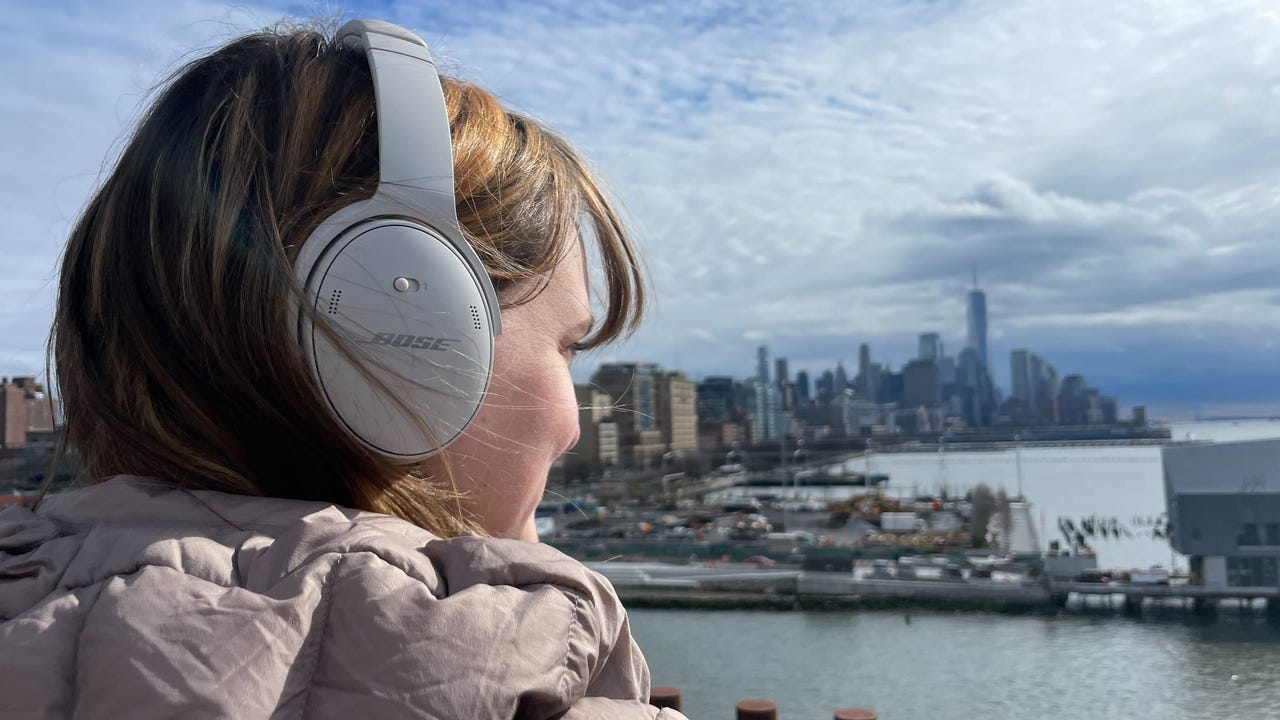Why Do Noise Cancelling Headphones Make Me Nauseous? Insights
For professional photographers, maintaining focus amid various audio distractions is crucial. However, the use of noise cancelling headphones can sometimes trigger unexpected feelings of nausea. This article delves into the reasons behind this phenomenon and offers insights that can enhance your photographic journey, without compromising on comfort.
Noise cancelling headphones are designed to block out ambient sounds, providing a more immersive listening experience. Yet, a subset of users, including photographers who often use these devices to isolate themselves from distractions, complain of feeling suddenly queasy or lightheaded. But what causes this?

Understanding the Mechanics of Noise Cancelling Technology
To comprehend why some individuals experience discomfort, it's vital to understand how noise cancelling headphones function. These devices utilize microphones to detect external sounds. They then generate sound waves that are the exact opposite of the detected noise. This process, known as destructive interference, effectively neutralizes unwanted sound, allowing you to focus on your art.
The Sensitivity of the Human Inner Ear
One primary reason behind the nausea reported by users is linked to the sensory input processed by the inner ear. When noise cancelling technology actively filters sounds, it can create a dissonance in what the brain interprets. The inner ear is sensitive to changes in pressure, and persistent changes from the headphones can cause confusion, leading to feelings of dizziness and nausea.

Physical Discomforts of Wearing Headphones
Even outside of psychological impacts, wearing noise cancelling headphones for extended periods can lead to physical discomfort. The pressure created in the ear canals, along with the weight of the headphones, might result in an unpleasant sensation. Professional photographers, who may wear headphones during long editing sessions or while on location, can find this discomfort exacerbated during crucial moments of work.
Habitual Use and Its Effects
For some, habitual use of these headphones without breaks can contribute to feelings of queasiness. Regularly subjecting oneself to the artificial sound environment with the headphones on can result in a sort of motion sickness, as the body becomes reliant on external cues that are no longer present. This is especially true if you're using them while reviewing photos or editing, which already requires significant concentration.

How to Mitigate Discomfort
Understanding the cause is half the battle. Here are effective strategies to help mitigate feelings of nausea when using noise cancelling headphones:
- Limit Usage Time: Try not to wear noise cancelling headphones for extended periods. Take periodic breaks to allow your ears and mind to reset.
- Reduce Volume Levels: High volumes can exacerbate discomfort. Keeping levels at a moderate level can significantly help.
- Opt for Over-Ear Designs: If you find in-ear or on-ear headphones uncomfortable, consider a well-padded over-ear design. This can reduce pressure on your ears.
- Experiment with Settings: Some headphones come with adjustable noise cancelling levels. If you're feeling nauseous, try operating them at a lower setting or disabling noise cancellation entirely.

External Resources to Learn More
For more detailed information about noise cancelling technology and its effects, you can check out this resource.
When to Seek Medical Attention
If nausea persists or is accompanied by additional symptoms, consider consulting a healthcare professional. While many experience temporary discomfort, it is essential to distinguish between common reactions to headphones and more serious health concerns.
Frequently Asked Questions
1. How long can I safely wear noise cancelling headphones?
It is generally advisable to take breaks every hour to avoid discomfort.
2. Are some brands more prone to causing nausea than others?
Yes, some brands may have designs that don't suit individual ear shapes or settings, which can lead to increased discomfort.
3. Can I use noise cancelling headphones while editing photos?
Yes, but be mindful of discomfort and avoid using them for prolonged periods.
As an Amazon Associate, I earn from qualifying purchases.

